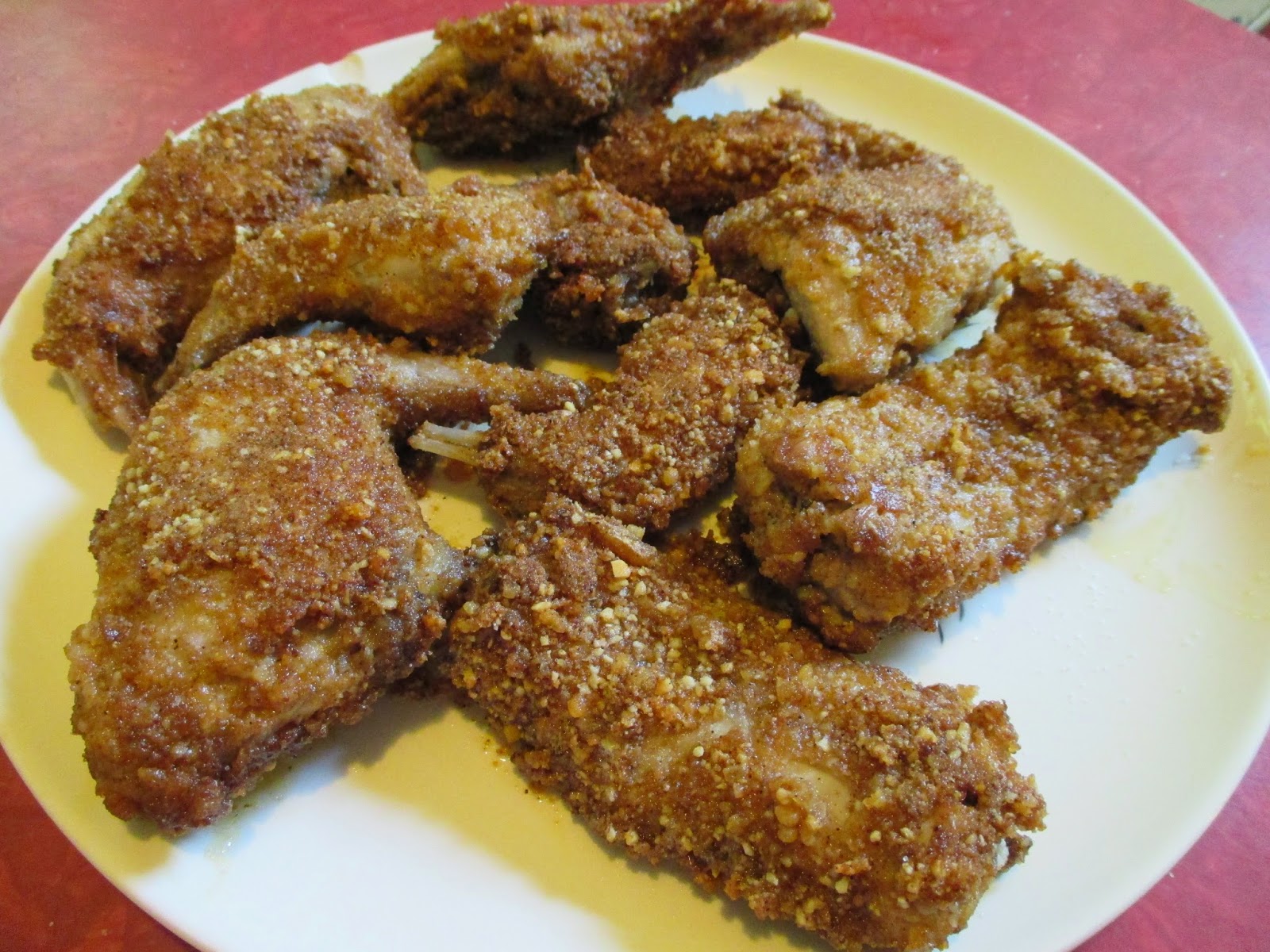 |
| The final carrot harvest! So pretty! |
Tonight's dinner was an attempt at Mu Shu, but rather than wrapping it in the traditional "Chinese pancake" I used steamed cabbage leaves. Mu Shu was the only thing I ever ordered at Evergreen restaurant, a really delicious, home-style Chinese place, and really all for the pancakes. I haven't eaten there in years because of my gluten allergy, but I trust they still make great Mu Shu. Other than the pancake, the only other thing to "paleo-ize" was the Hoisin sauce, which is a critical component to the whole thing since it is what gives the flavor.
The verdict: it was delicious, and the cabbage leaf made a perfect stand-in for the pancake. The Hoisin sauce was definitely different - instead of bean paste, I used nut butter (per various online recipes). It tasted really good, just more like hoisin-sauce-meets-thai-peanut-sauce. Which makes it sound weirder than it was, because really, it was great.
I adapted an online mu shu recipe and paleo hoisin recipe to get what is below. Because I was trying to be authentic, especially for the first go of this, I wanted to get bamboo shoots. You could substitute carrots if you wanted, but, My Charming Companion says part of what makes Mu Shu is the blandness of color - everything is white-ish/yellow except the green onions. Carrots would sort of ruin it. So, I went to Sun Foods up here in Brooklyn Center for bamboo shoots - I had never seen them fresh before, and was originally expecting to get them canned. But as I walked into Sun Foods, which is basically an international Cub foods that feels like a different world - I started seeing all kinds of produce that made me think, huh - is that a bamboo shoot? I walked by enormous yams and tubers that seemed of African origin, and then a bunch of cactus and plantains and yucca before getting to these long yellow things that were the bamboo shoots. Which then were sold in 4 different varieties! So, uh, no need for the canned ones. I was in a time crunch, so the only other thing I got was friend plantain chips (YUM!) but I am pretty curious to go back there and see what strange new fruit or vegetable I come home with.
Paleo Mu Shu, serves 2-4
3/4 lb. pork loin, cut into strips
2-3 T tamari (or slightly more coconut aminos)
1-2 T sesame oil
1/2 small head cabbage, cored and thinly sliced*
1 1/2 cups bean sprouts
3-4 eggs, beaten
3-4 stalks green onion, julienned on the diagonal
3 cloves garlic, chopped
1/2 cup chinese mushrooms, stemmed and cut into strips**
1 cup bamboo shoots, cut into strips
5 T coconut oil/lard
Steamed cabbage leaves*
hoisin sauce
*Note: the taste will be superior if you have two separate cabbage heads - 1 for steaming and 1 for slicing for the insides. You will have leftovers from both cabbages, but one will be pre-steamed and won't be as crunchy in the mu shu!
**I just used regular mushrooms - we had some dried ones in the cupboard from a friend, so I re-hydrated those.
1. Steam cabbage leaves, aka mu shu wrapper: cut the core from one medium cabbage head. Steam the cabbage head in whatever steamer system you've got - it takes about 15 minutes before you can peel the outer 4-6 leaves, and another 10 minutes to get the next 4. The cabbage is hot when it comes out of the steamer, but use tongs to help you peel each of the leaves. It's easy so long as it steamed long enough. 8-10 leaves should do it. I set them aside in a cake pan, then 5 minutes before dinner, pop them into a 200 degree oven so they will be warm.
2. Prep your veggies and pork. Cut everything up because things go fast as soon as you get started. Put sliced pork in a bowl with tamari and sesame oil.
3. In a large cast iron skillet, heat 1 T fat on med-high heat. When pan and oil are hot, pour in the beaten eggs. You are basically making one big flat egg sheet. Let the egg set until firm enough to flip in one sheet; flip it over for another 10 seconds or so, then flip the whole think out onto a cutting board. Slice the egg sheet into thin strips and set aside.
4. In the same skillet, heat 2 T fat over high heat. Add half of the green onions and stir for about a minute, until onions are sizzling. Add bean sprouts and cabbage. Saute until cabbage is wilted, but still crunchy (this took just a few minutes). Remove from heat and set aside in a bowl.
5. Heat the remaining 2 T fat in the same skillet over high heat. Add the rest of the green onions and garlic and saute for a minute, until fragrant. Add pork and stir fry until just done. Add the mushrooms, bamboo shoots, cabbage, sprouts, and egg sheet. Stir fry for another few minutes.
6. Serve each mu shu cabbage leaf with a smear of hoisin sauce down the middle. Place several spoonfuls of mu shu inside and fold the sides in! (Really, we ended up cutting each cabbage leaf in half because they were so big - these do get a little messy, so be prepared!)
Paleo Hoisin Sauce, makes about 2/3 cup
3 T tamari (or more coconut aminos)
3-4 T nut butter (I used part almond butter/part peanut butter)
1 T honey (or use part stevia)
2 tsp cider vinegar
2 tsp toasted sesame oil
1/4 tsp crushed red pepper
freshly ground black pepper
Stir everything together until combined - make sure to work nut butter well!

















































